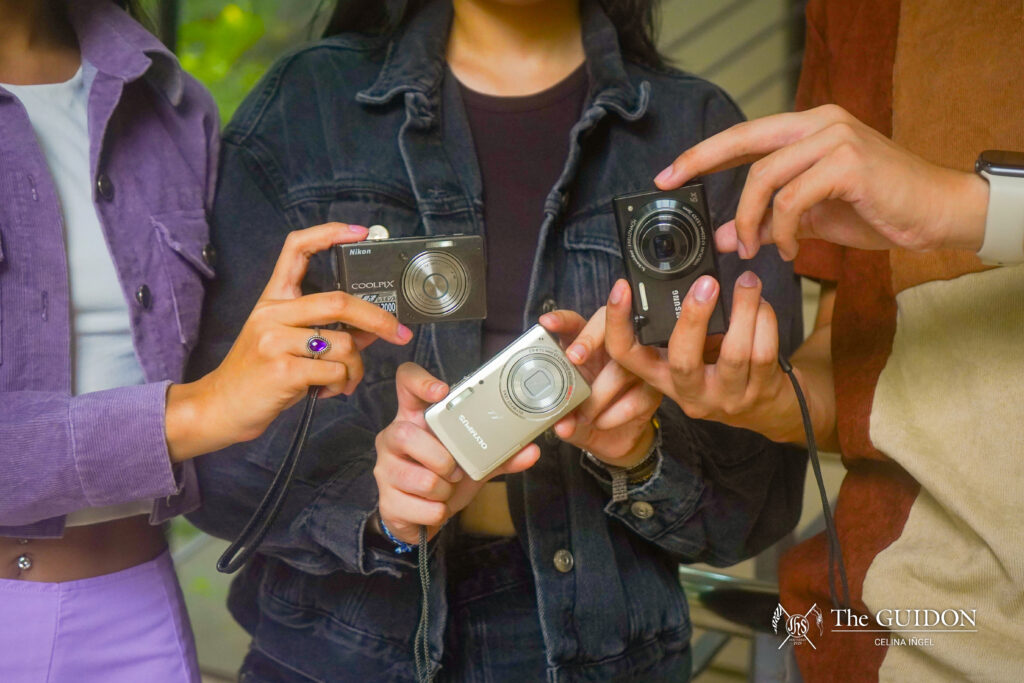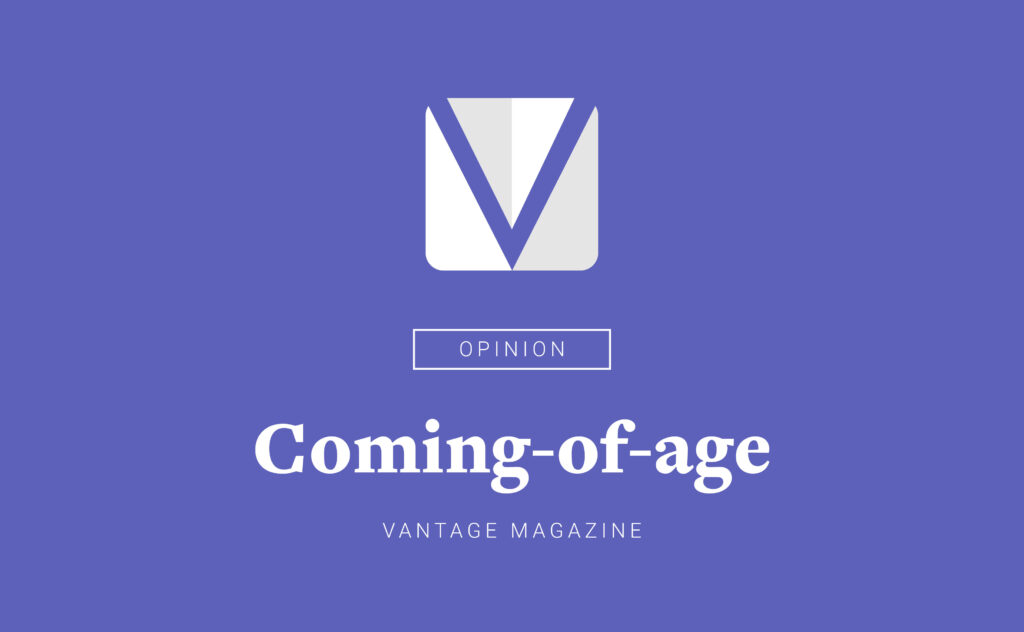Among the many seasons of life that time will take you through, young love, for most, brings some of the most riveting memories of youth. Romance eventually becomes a common goal for most adolescents, which is why the concept is so commonly reflected in our local pop culture. From Jollibee’s tear-jerking ads to the goings-on in school, such as Loyola Film Circle’s Under the Stars, one can clearly see how love is in the air during this time of the year. Every February, Hearts Day brings a refreshing sight to a campus commonly bustling with academic life: Love birds fluttering abound, genuinely enjoying each other’s company.
Even if some of us already have a significant other, it’s still possible not to know how to manage the relationship. Vantage talked to experts who helped us better understand the science of love and heartbreak.
Stages of love
According to Marvin Cruz, counselor at the Loyola Schools Office of Guidance and Counselling (LSOGC), the preliminary rush of euphoria is “a physical manifestation that you are in love.” He explains that humans go through three stages—infatuation, attraction, and attachment—before we fully fall in love.
In the first stage, adrenaline, dopamine, and serotonin levels experience boosts, causing a surge of emotions in response to the spike in hormones, such as pleasure and euphoria. Marvin Cruz cites adrenaline rush, increased heartbeat, and sweating as some of the bodily changes that occur when we feel attraction towards a potential companion.
The next stage is then set into motion by sexual attraction birthed by an evolutionary desire to connect with another human, Rica Cruz, Counselling Psychologist at the Ateneo Bulatao Centre and instructor of the Ateneo Psychology Department explains. “So pag nakakita ka ng tao, ang unang makikita mo ay ‘Am I attracted to him or her physically?’ (So whenever you see a person, the first quality you try to find is ‘am I attracted to him or her physically?)”
This attraction can also be attributed to a tendency called homophily, meaning “love of the same.” “People are more likely to marry someone with the same racial category, of the same social background, age group, level of education, etcetera,” explains Justin See, professor at the Sociology and Anthropology Department.
From a social psychology perspective, Angelique Villasanta, a lecturer at the Ateneo Psychology Department cites that while we are very much likely to like someone who is like us, we are less attracted to people we don’t see or see too much. “For example, you tend to fall in love with people who you see, it’s [a] curvilinear relationship. So people you don’t see often, you don’t like them; people you see too much, you don’t like them. People you see just in the middle; you tend to like them. Also, you tend to like people who tend to feel [the way you do] back,” she expounds.
Lastly, the stage of attachment according to Marvin Cruz is characterized by “feeling more serious about the relationship and [thinking] of it not just [as a] temporary thing but more of a long term relationship.”
Walang forever?
In the end, however, “the number one cause of why relationships fail,” says Mr. Cruz, “[is] lack of communication.
Relationship problems that usually occur for college students are a lack of understanding and communication. Rica Cruz cites instances in which these problems arise such as having differences in schedule and finding it difficult to adjust. “You don’t get to see each other anymore, and that takes a toll [on] the relationship,” she says, pointing back to Villasanta’s earlier comments in the context of social psychology.
See adds that: “There is often an overemphasis on individual shortcomings (e.g. feeling bored, anxious, or angry with other eventually leading to break ups).” He cites that Eva Illouz, a French sociologist, argues that this hides the broader reality that our own social contexts also play a role on whether or not our relationships last. “Who we fall in love with is more than a matter of personal feelings, because societies [have] several “rules” of who we should fall in love with.”
Just the same as love, navigating the treacherous terrain of heartbreak is another thing everyone will inevitably experience. When love turns sour, the aftermath may be just as intense as when it first bloomed.
Rica Cruz says the same set of hormones involved in attraction drop when we experience heartbreak, explaining that some people “go into depression [because] lower levels of serotonin, dopamine, the feel good hormones cause you to feel sad about it.” She also explains, though, that there are those who handle heartbreak differently, as some end up manic and look for excitement to compensate for the drop in hormones.
Paralleling infatuation, the emotional pain that comes with a heartbreak “also [translates] to some sort of physical pain,” Marvin Cruz cites the lack of drive to go about daily routines, lack of appetite, or difficulty sleeping as manifestations.
ILYSB
For Marvin Cruz, the most important part of coping with heartache is acknowledgement. “Of course it’s a process, it doesn’t happen naman overnight,” he asserts. “The first [step] is to recognize that it’s really over.” He suggests that having company around you is important to be able to share what you’re going through.
“I think one way [to cope] is to get to know yourself as a single person again. Try to establish that narrative and continue it,” Villasanta adds. She expresses that noticing where you are and accepting it is a great starting point when coping with a past relationship.
As for couples looking to keep the spark alive, See says to “embrace your differences, learn to navigate about them [and] don’t try to change your partner.” He adds that it is rare for us to find a perfect match because we have all been socialized in different ways. The key to this, he says, is to respect your differences and not attempt to change your partner. Looking for ways to have fun despite your different schedules is also another way to keep the love going, may it be a new activity or a new place to see where both of you can de-stress and have a good laugh.
Aside from this, Villasanta emphasizes that it is important that both parties grow together in a relationship. “Just grow, grow as individuals. Don’t let the other person limit you, don’t limit the other person. Don’t be scared to discover other things.”
Whether we are investing in self-love, priceless friendships, or a significant other, the bonds we forge should be, more than anything else, a celebration of mutual love for one another.






